History of the Lockheed F-104 Starfighter
The Lockheed F-104 Starfighter was developed in the early 1950s by Lockheed in response to the U.S. Air Force’s need for a high-speed, high-altitude interceptor during the Cold War.
Its designer, Clarence “Kelly” Johnson, wanted to create the simplest and fastest jet possible — a true rocket with wings
• The project began in 1952, inspired by combat experiences in the Korean War, where U.S. jets needed better speed and climb performance.
• The first prototype, called XF-104, flew on February 7, 1954.
• The F-104 became the first aircraft to reach Mach 2 in level flight for the U.S. Air Force.
• Entered service in 1958 as a day interceptor.
• However, it was soon replaced by newer aircraft like the F-4 Phantom II, since the Starfighter had short range, limited payload, and was difficult to fly.
• Despite that, it broke many speed and altitude records, proving its technological excellence.
International Use
• The F-104 was exported to many NATO countries, including Germany, Italy, Canada, Japan, and the Netherlands.
• The F-104G version was redesigned for ground-attack and all-weather missions.
• Germany and Italy became its largest users — Italy even kept it in service until 2004, making it one of the longest-serving Starfighters.
• The aircraft was notoriously dangerous. Its high landing speed, small wings, and sensitive controls caused many crashes, especially in Germany, where over 270 were lost.
• This earned it dark nicknames like “Widowmaker” and “The Flying Coffin.”
🏁 Legacy
Despite its flaws, the F-104 remains one of the most iconic Cold War fighters.
It was incredibly fast, aerodynamically advanced, and represented the peak of early jet technology.
It also served as a test platform for NASA and helped advance supersonic flight research.

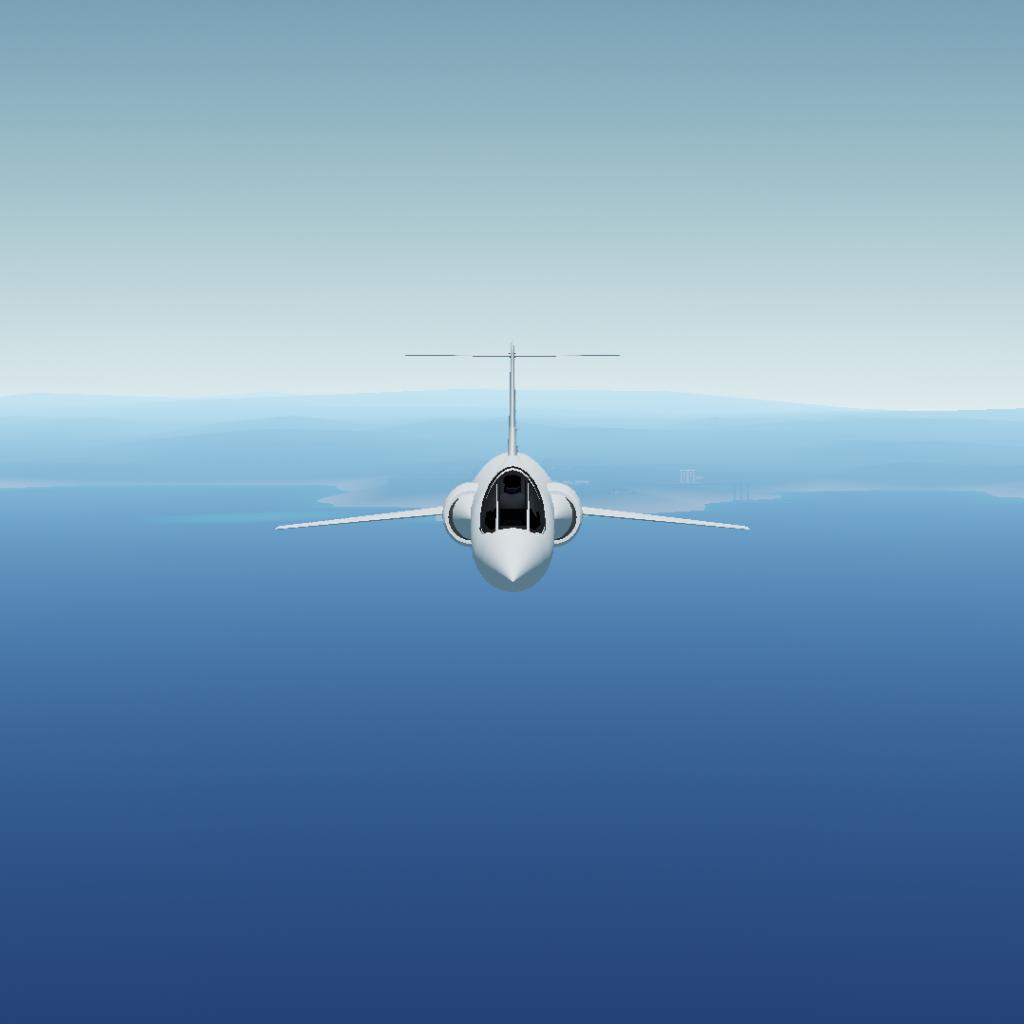
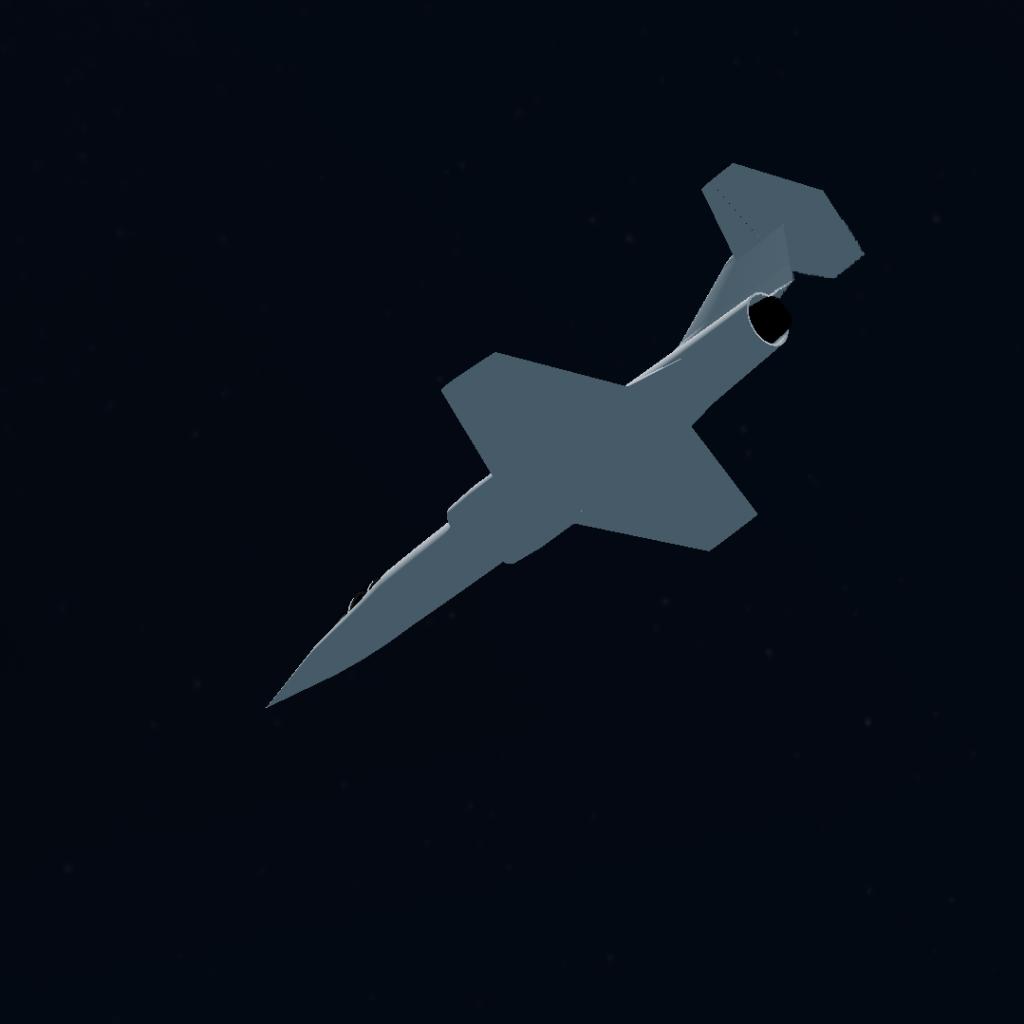
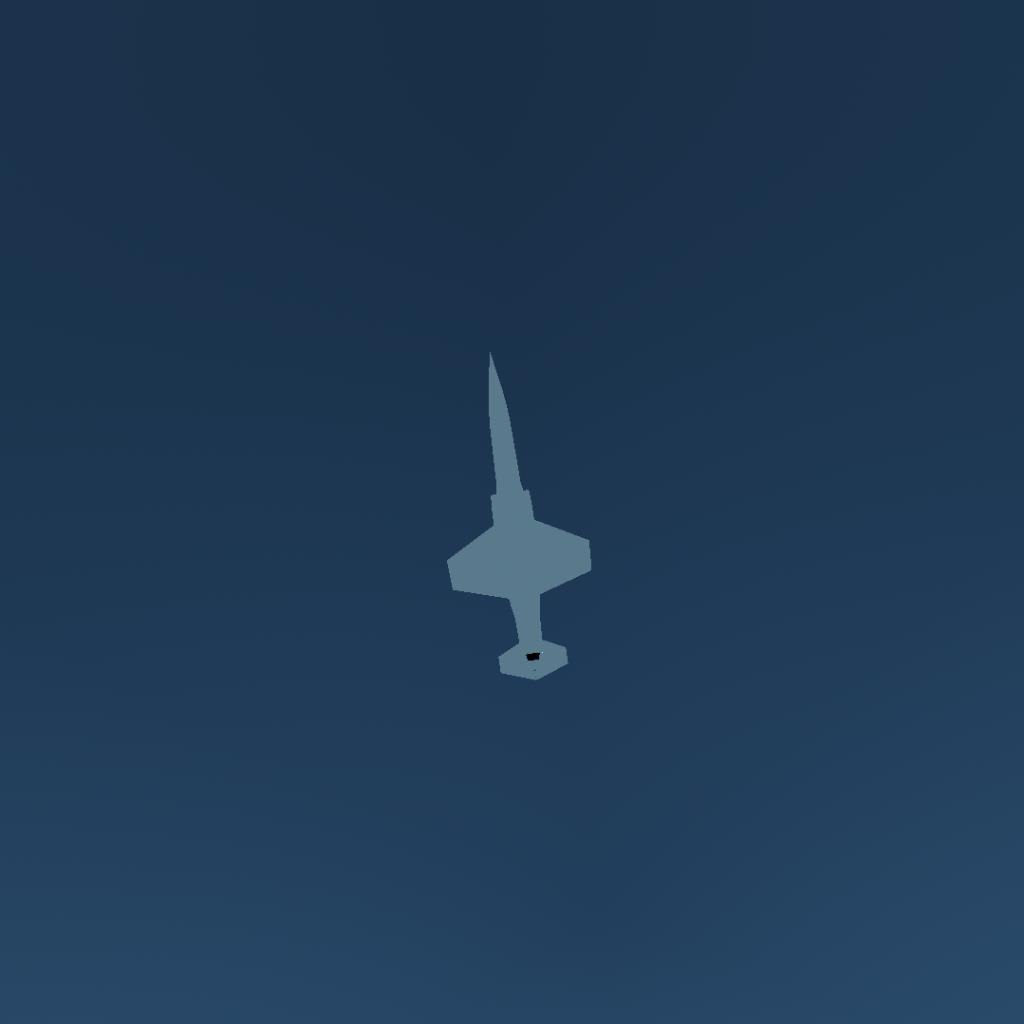
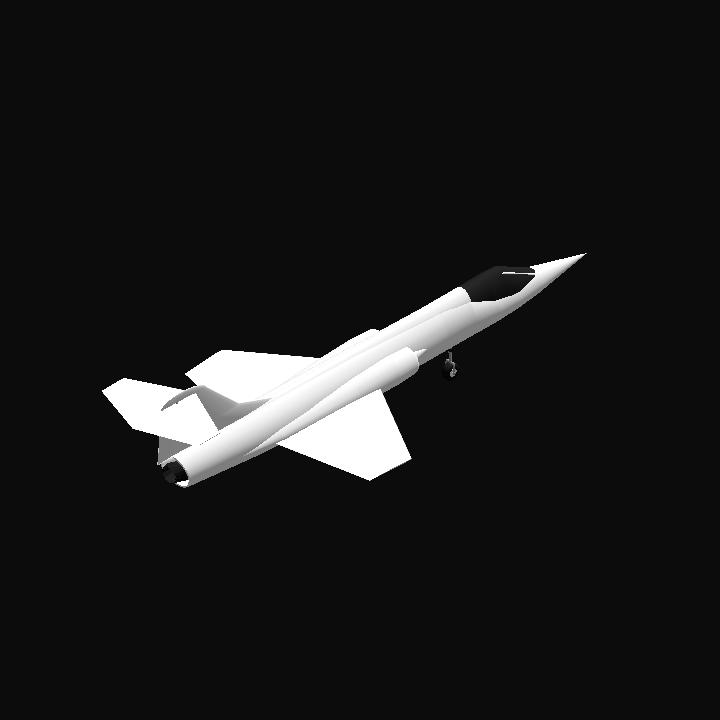
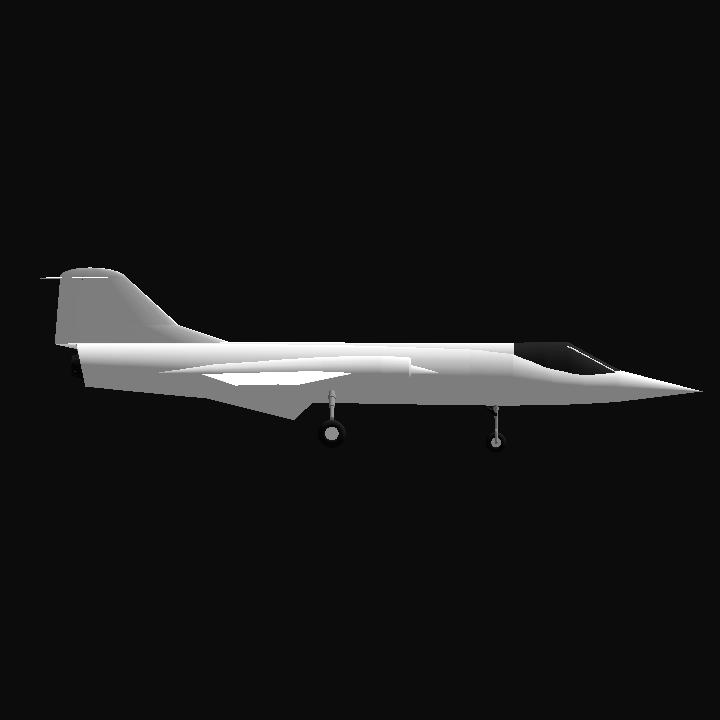

Nice